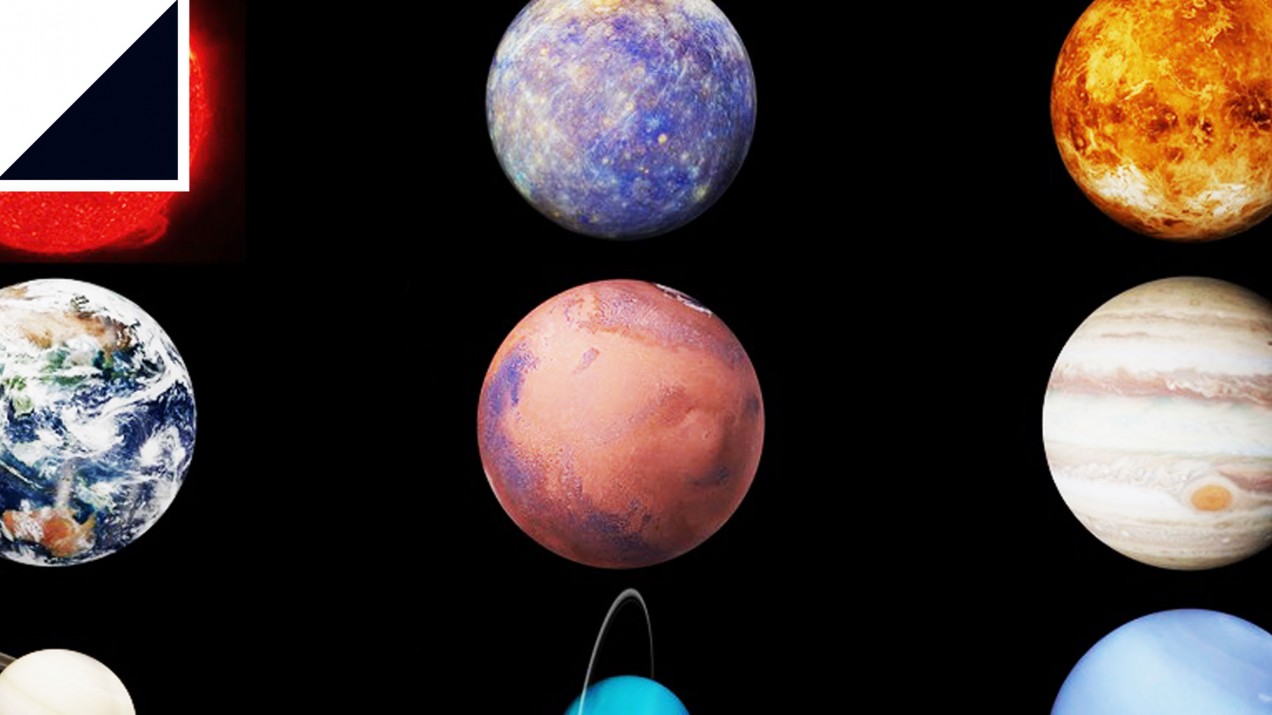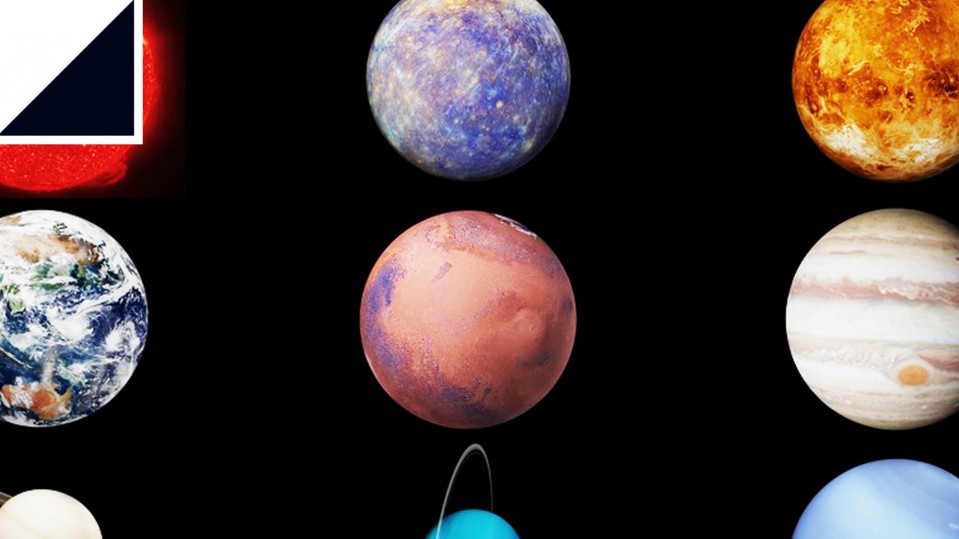

Future of Work
There’s probably another planet in our solar system
Laying out two decades of evidence for the mysterious “Planet 9,” a team of astronomers predicts that if it exists, it’s likely to be discovered within the decade.

When it comes to exploring the solar system, astronomers have an embarrassing secret. Despite 400 years of stargazing, they have discovered only two large objects that would have been unknown to the ancients: Uranus in 1781 and Neptune in 1846.
That’s not for lack of trying. The possibility of an unknown planet just beyond observational reach has attracted astronomers like moths to a flame. A few have been successful. Several astronomers together discovered Neptune after noticing that the other planets were being gravitationally nudged by an unknown mass.
Neptune didn’t entirely resolve these discrepancies, and the hunt continued into the 20th century, culminating in Pluto’s discovery in 1930. But Pluto turned out to be so small that it couldn’t account for the nudging. Indeed, it was later humiliatingly demoted to a “dwarf planet.”
But the hunt for a so-called Planet X continued until red-faced astronomers realized that the irregularities in Uranus and Neptune’s orbits were observational errors. This came to light only after the Voyager 2 fly-by of these planets in 1986 and ’87.
Other curious observations have also triggered wild goose chases. The discovery of anomalous features in Mercury’s orbit set astronomers searching for a mysterious planet they thought must be causing them, which they named Vulcan. But the search had to be abandoned when Einstein showed that Mercury’s orbital idiosyncrasies were caused by the sun and the way its huge mass warps space-time.
Unperturbed, astronomers have once again picked up the scent. This time the hunt is on for a distant body they call Planet 9. And today, Konstantin Batygin at the California Institute of Technology in Pasadena and a few colleagues lay out the evidence for it that has emerged over the last two decades. The make a persuasive argument that a search is warranted. And they say, “It is likely that if Planet Nine exists, it will be discovered within the coming decade.”
So what is is this evidence? Over the last 20 years or so, astronomers have discovered numerous small bodies orbiting beyond Neptune, many of them with highly elliptical orbits that take them to the outer reaches of the solar system, several hundred times farther from the sun than Earth.
These trans-Neptunian objects—of which Pluto is one—sit in a region known as the Kuiper Belt. But they are by no means a uniform bunch of rocks and ice. Instead, trans-Neptunian bodies fall into several classes determined by their orbital patterns.
These objects are so tiny that they are easily buffeted by the gravitational fields of their larger cousins—particularly Neptune. Indeed, astronomers treat them as point-like and thus capable of tracing out the gravitational dynamics.
And that leads to an important insight. Whatever their orbits, the paths they trace must be the result of forces exerted by bigger planets.
Neptune’s effect is easy to see because it continuously nudges and herds smaller objects. Indeed, a significant proportion of trans-Neptunian objects orbit in resonance with Neptune.
But a much smaller class, known as the detached population, have entirely different orbital properties. Some have retrograde orbits; others are highly eccentric or on paths that are dramatically inclined with respect to the sun’s plane.
Neptune cannot account for this kind of behavior. So the hypothesis that Batygin and others are exploring is that some other massive object—call it Planet 9—must be responsible.
What’s more, these detached objects seem to form clusters of their own. Their elliptical orbits, for example, are tantalizingly aligned, suggesting a kind of herding effect. That too is consistent with the presence of a Planet 9.
So what kind of planet could do this? Batygin and co say the evidence leads to a surprisingly detailed description of what Planet 9 must be like and what it cannot be like.
One possibility is that these gravitational nudges come from a dwarf star companion to the sun, orbiting many thousands of times farther away than Earth.
But this has been ruled out by infrared surveys looking for such an object. Neither can Planet 9 be Saturn-size or bigger, because we ought to have spotted an object that big by now.
When all the constraints are taken into account, Batygin and co can be amazingly precise about the type of planet they are looking for and where they should find it. Planet 9, they say, must have a mass between 5 and 10 times that of Earth. It must orbit the sun between 400 and 800 times farther away than Earth. And its orbit must be inclined to the plane of the solar system by between 15 and 25 degrees.
Given that level of detail, it’s easy to imagine that Batygin and co can point to an area of sky and say, “Look there.” Not so. Finding it is likely to require a dedicated survey using some of the world’s biggest telescopes.
Planet 9 is likely to have a magnitude of between 19 and 24. “Such an object is readily observable by the current generation of telescopes with wide field cameras such as the Dark Energy Camera on the Blanco 4m telescope in Chile and the Hyper-Suprime Camera on the Subaru telescope in Hawaii,” say Batygin and co. “Therefore, Planet Nine—if it exists as described here—is likely to be discovered within a decade.”
There is another possibility: that the strange orbits of these detached objects and the clusters they form is just a fluke, a chance alignment at the precise moment when astronomers happen to be looking. Of course, Batygin and co are aware of this possibility, but they calculate its probability at just 0.2%. Nevertheless, stranger coincidences have happened.
Overall, Batygin and co set out a fascinating challenge for the astronomical community in a highly readable and well-written paper. The race is on, and astronomers, armed with a flask of tea and some powerful lens cloths, are getting their telescopes ready.
At stake is a level of fame and glory that few astronomers in history have enjoyed. Planet 9—it it exists—will cement its discoverer’s name in history.
Let’s hope he or she can come up with a better name for the planet itself.
Ref: arxiv.org/abs/1902.10103 : The Planet Nine Hypothesis